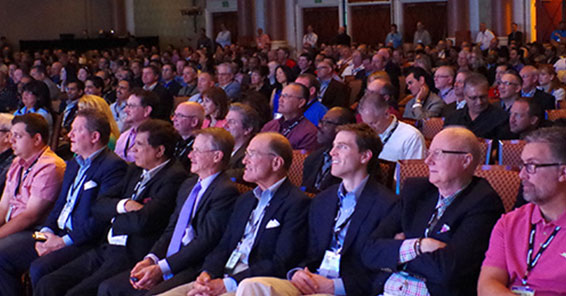Navigating the Complexities of Franchise Conversion Projects

With the rising costs associated with real estate and construction, many restaurant franchises are turning to conversion projects as a viable alternative. Conversion projects involve transforming an existing structure, previously used for a different purpose, and remodeling it to meet the needs and branding of a franchise. Not only do these projects offer a pathway for growth, but they also allow franchises to expand their presence both efficiently and sustainably.
Conversion projects typically offer significant advantages over ground-up constructions, particularly in terms of cost and time efficiency. By repurposing existing structures, franchises can cut down on construction costs and accelerate the opening process, allowing operators and franchisees to serve customers much sooner. However, embarking on a conversion project requires careful evaluation to ensure the project’s potential for success.
Key considerations for successful conversions
1. Assess site viability
Choosing the right site involves more than finding a building; it requires strategic evaluation. The site should be easily accessible and situated in an area frequented by a brand’s target demographic. If your brand features a drive-thru option, the existing site should accommodate for this need. Making sure there is ample parking is also important to ensure customer convenience and operational flow.
Considering brand alignment is another critical step. Can the existing structure be adapted to meet the brand’s visual standards? The end result should unmistakably represent the brand to avoid any confusion around authenticity. These are factors that should be looked at immediately before deciding if the building is a good choice for a conversion project.
2. Examine the identity and integrity of the building
Before committing to a conversion, conducting thorough due diligence on the building itself is essential. For instance, buildings dating back to the early 1980s or before may require significant updates to meet current building codes, particularly with electrical and plumbing systems. Understanding the building’s materials – whether it’s comprised of cement, wood, or steel – is critical to inform the scope of possible modifications. Evaluating the building’s existing utilities – gas versus electric power – and infrastructure including HVAC and roof conditions are all necessary components to consider. These types of structural features play a crucial role in determining the feasibility and complexity of conversion.
3. Recognizing deal-breakers
Despite the potential benefits, not every building is a suitable candidate for conversion. After thoroughly evaluating the site and building, if the cost of bringing a building up to standard exceeds the expense of a new construction, the project may not be viable. Similarly, if a building requires extensive demolitions or updates due to issues like asbestos or severe wear and tear, it’s likely not worth the investment.
Sometimes it’s not the building itself, but the location. Brands looking to convert an existing space should have a strong understanding of the history of the location and its changing demographics. For instance, a history of multiple business closures at the site may indicate underlying issues that could affect the success of a brand. Brands should also consider whether the population has shifted over the years, and if the site is in an area that caters to its customers.
Conversion projects are not just about adaptation; they're about strategic growth and learning. Each project brings unique challenges and opportunities, providing valuable insights that have helped refine our approach to future conversions. By carefully selecting sites and meticulously planning conversions, we have been able to expand Captain D's presence efficiently and sustainably, while contributing to community revitalization.
At the end of the day, every conversion project is a learning experience, offering lessons on space management and operational efficiency that inform both our corporate strategies and our partnerships with franchisees. With each project, we not only expand our footprint but also our understanding of what makes a successful restaurant location.
Brad Reed is the chief development officer for Captain D's.
Share this Feature
Recommended Reading:
| ADVERTISE | SPONSORED CONTENT |
FRANCHISE TOPICS
- Multi-Unit Franchising
- Get Started in Franchising
- Franchise Growth
- Franchise Operations
- Open New Units
- Franchise Leadership
- Franchise Marketing
- Technology
- Franchise Law
- Franchise Awards
- Franchise Rankings
- Franchise Trends
- Franchise Development
- Featured Franchise Stories
| ADVERTISE | SPONSORED CONTENT |

$250,000
$65,000





 The multi-unit franchise opportunities listed above are not related to or endorsed by Multi-Unit Franchisee or Franchise Update Media Group. We are not engaged in, supporting, or endorsing any specific franchise, business opportunity, company or individual. No statement in this site is to be construed as a recommendation. We encourage prospective franchise buyers to perform extensive due diligence when considering a franchise opportunity.
The multi-unit franchise opportunities listed above are not related to or endorsed by Multi-Unit Franchisee or Franchise Update Media Group. We are not engaged in, supporting, or endorsing any specific franchise, business opportunity, company or individual. No statement in this site is to be construed as a recommendation. We encourage prospective franchise buyers to perform extensive due diligence when considering a franchise opportunity.